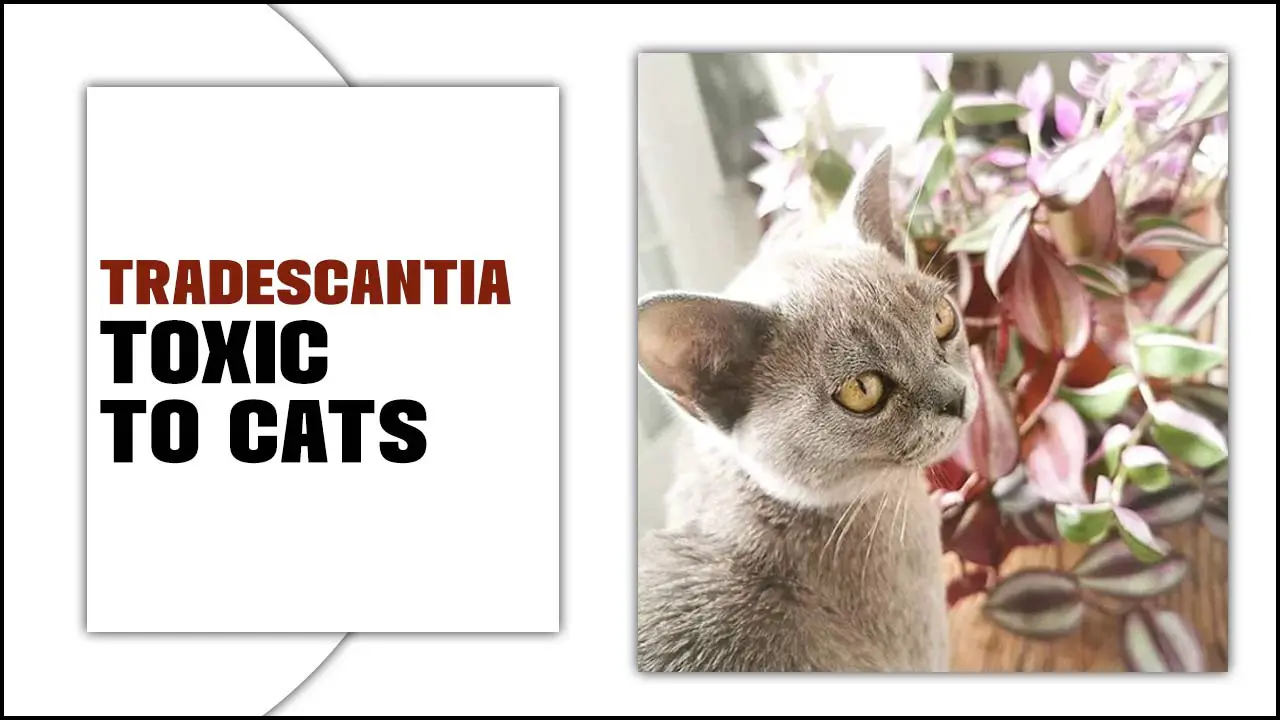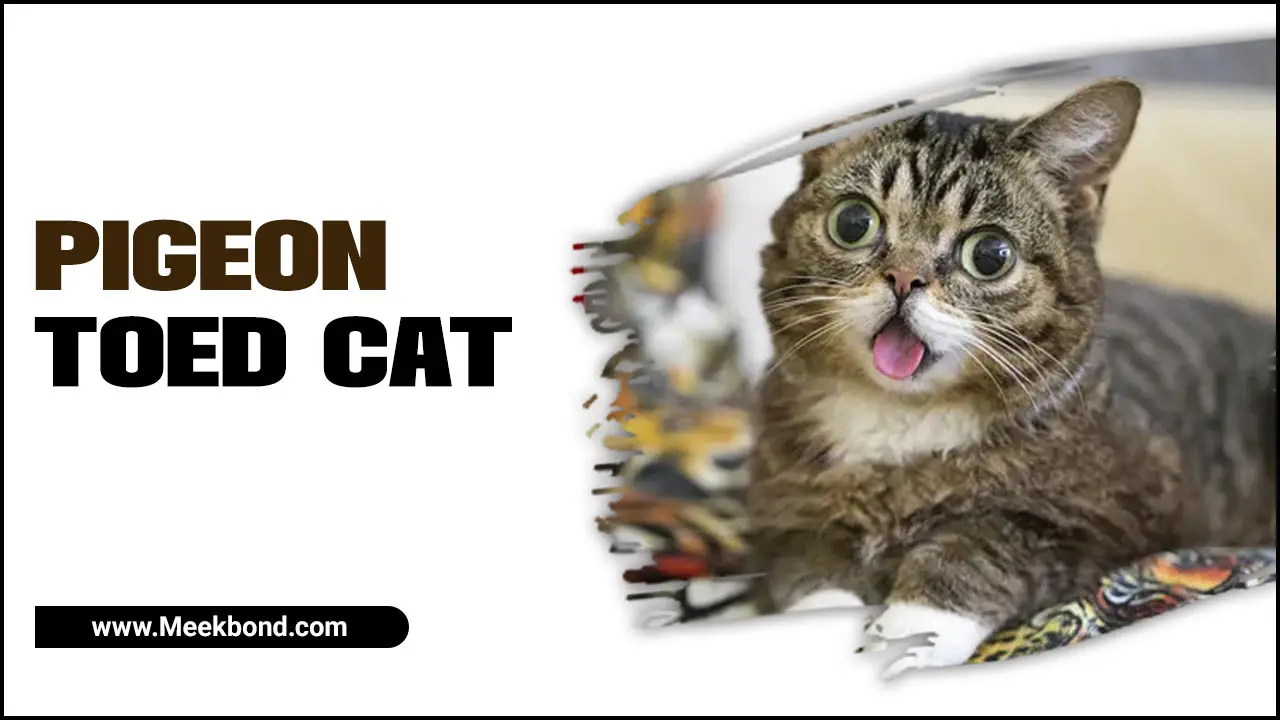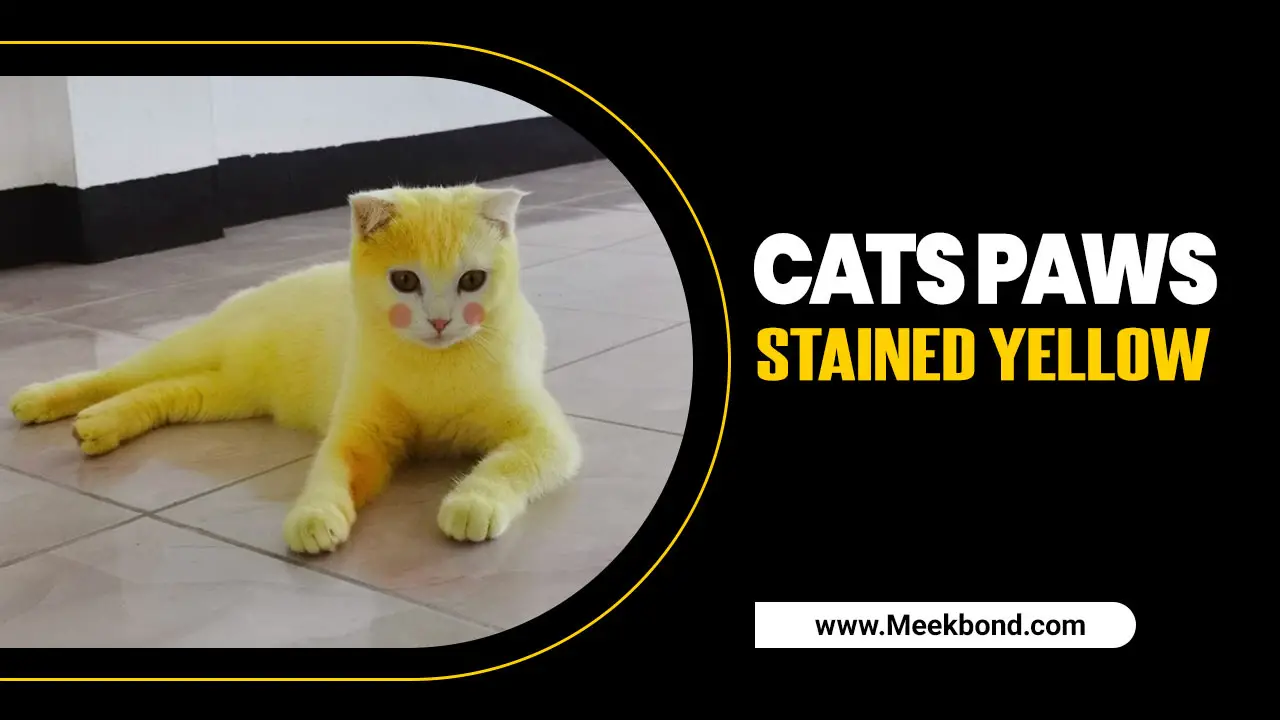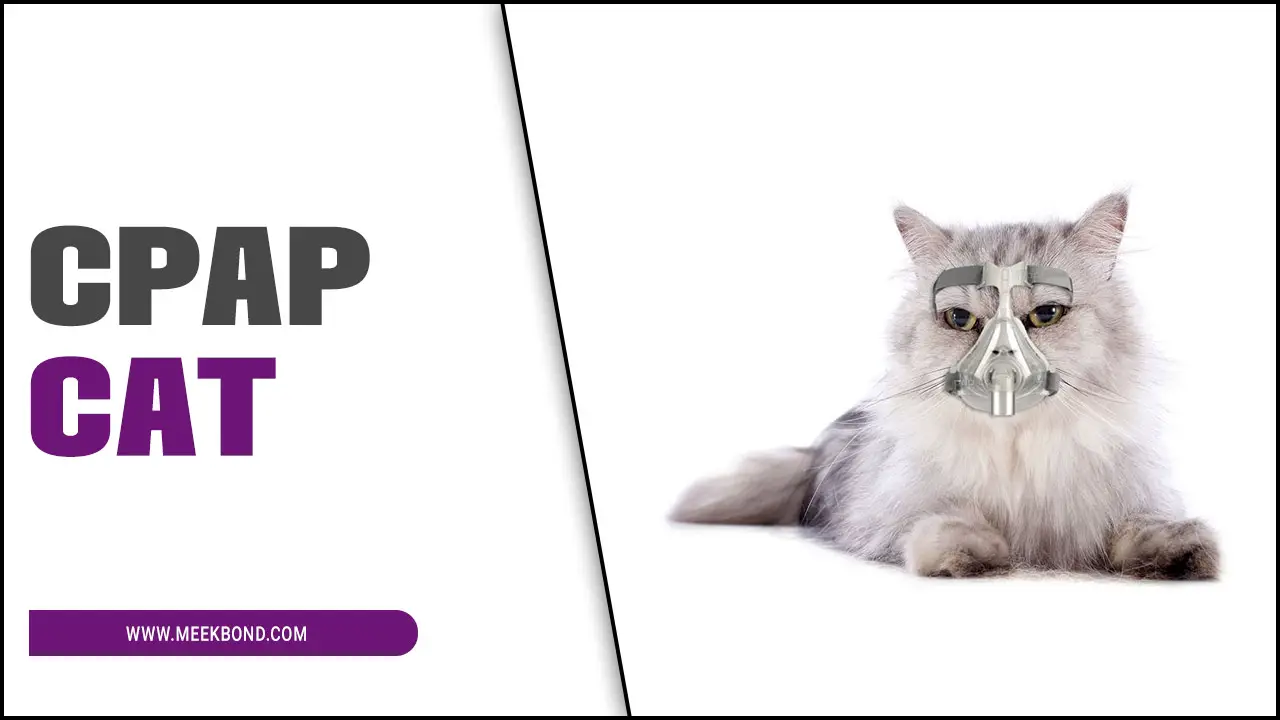As cat owners, we are all familiar with our furry friends’ playful yet sometimes aggressive behavior during playtime. While it is common for cats to purr, meow, and even hiss during play, some cats may also growl.
This vocalization can be surprising and even concerning for pet parents, but it is a natural behavior for cats. Understanding why do cats growl when they play can help us better understand our feline companions and ensure their needs are being met. At its core, growling is a vocalization cats use to communicate.
When playing, cats may growl to signal aggression or dominance, but they may also growl to indicate excitement or pleasure. Some cats may growl during play to intimidate their playmates, while others may growl as a way to express their enthusiasm. Additionally, cats may growl when they feel threatened or scared, and in this case, it is important to pay attention to their body language and ensure they feel safe and secure.
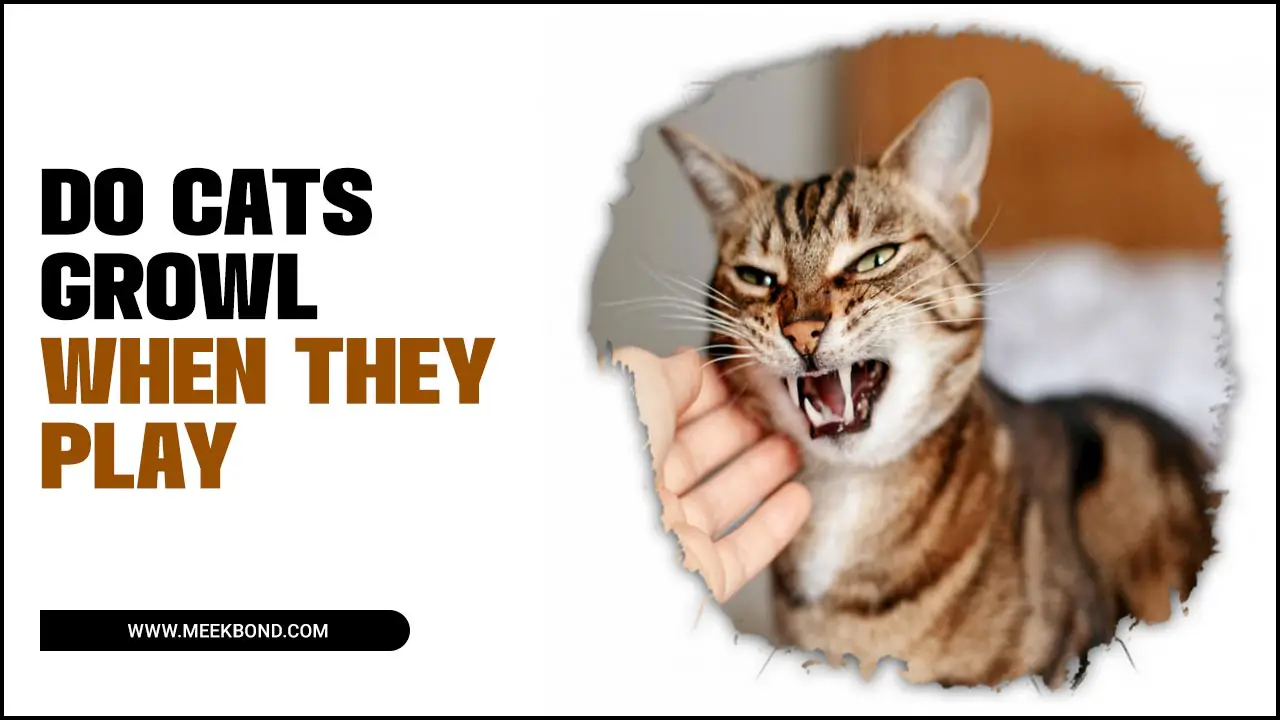
Understanding Cat Play
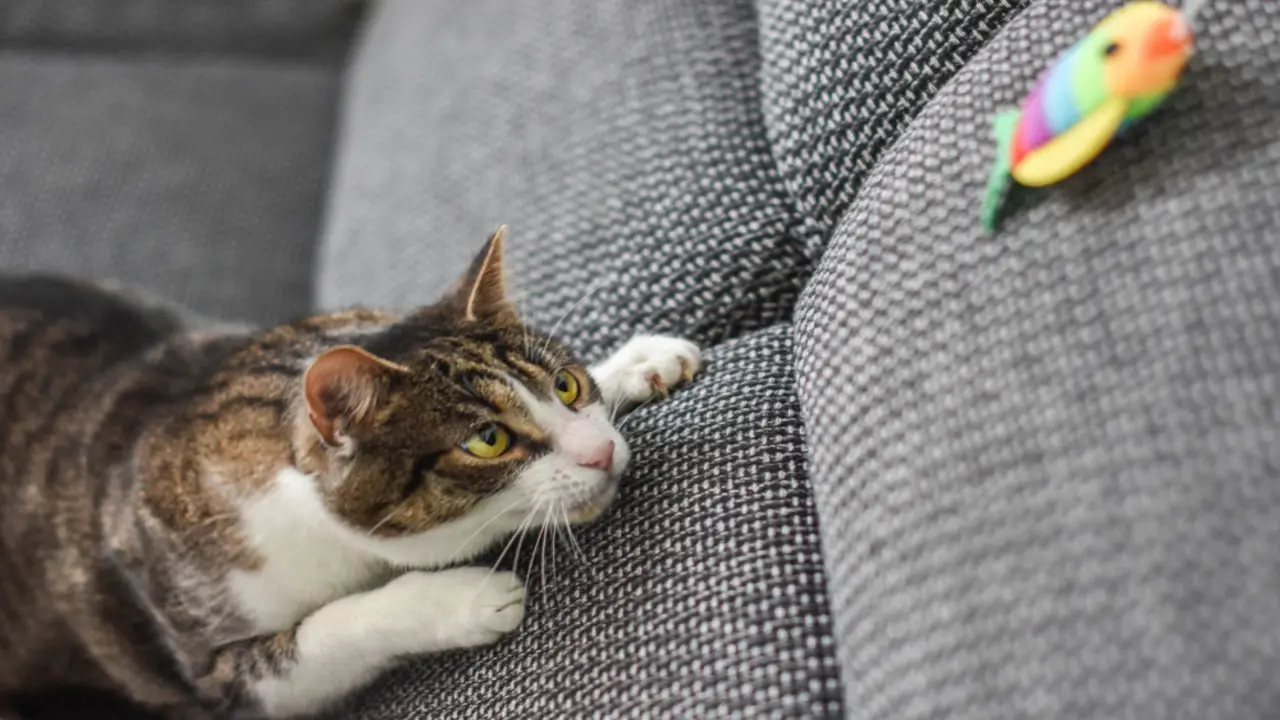
Understanding cat play is crucial for cat owners and lovers alike. It helps them provide their feline companions with the mental and physical stimulation they need to lead healthy and happy life. Like any other animal, cats have their distinct play styles and preferences, which depend on their age, personality, and breed.
Playtime is not just about fun and games for cats; it is also a way to sharpen their hunting skills. Release pent-up energy, and strengthen their bond with their human family. As responsible cat owners, we must observe and understand our cats’ play behavior to provide them with the appropriate toys, activities, and environment to thrive.
Types Of Play In Cats
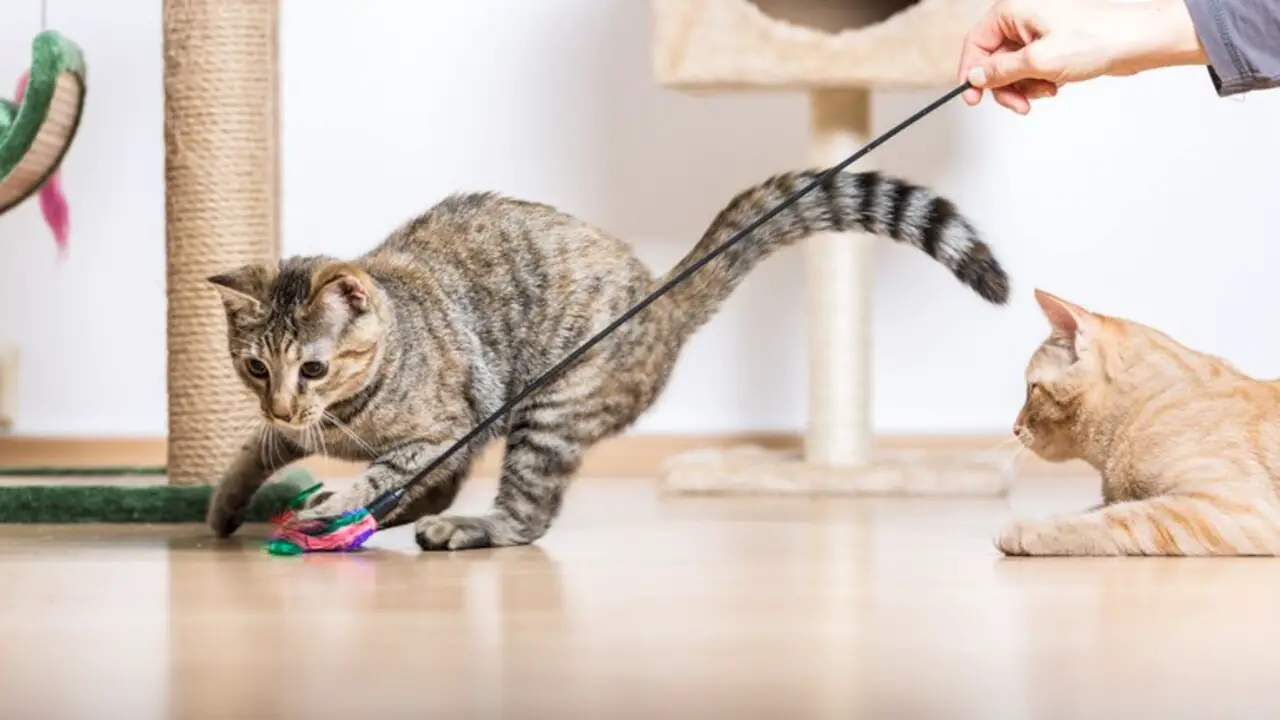
Cats are popular for their playful nature and love engaging in various play types. They have a natural instinct to hunt and chase. So many cats enjoy interactive play with toys that mimic prey, such as feathers and strings. In addition to hunting, cats enjoy solitary play, where they can explore and investigate their environment.
Climbing and scratching posts allow cats to engage in physical play, while puzzle toys and treat dispensers stimulate their mental abilities. It is important for cat owners to provide a variety of play options to keep their feline companions happy and healthy.
The Role Of Growling In Cat Play
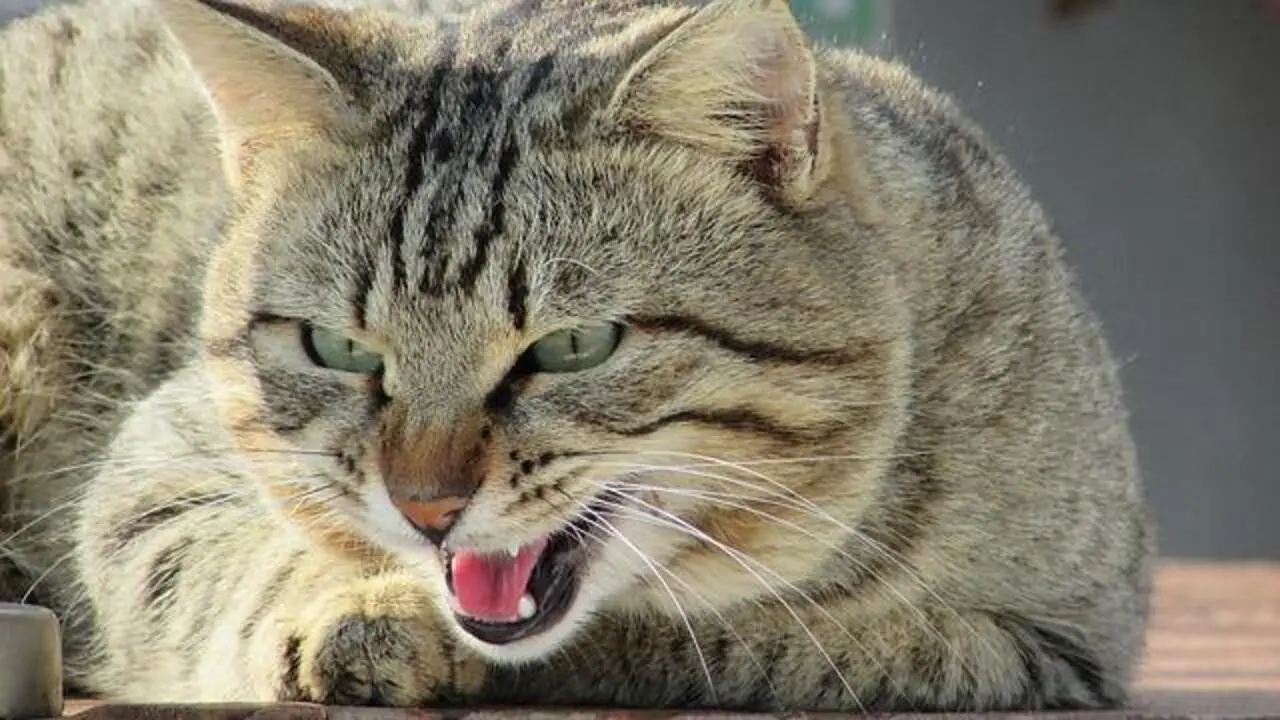
Growling is a common behavior in feline play, but its role in this activity is still debatable. Some experts argue that growling is a warning signal to other cats, indicating that the play is becoming too rough or aggressive. Others suggest that growling is a way for cats to communicate their excitement and engagement in the activity, similar to human laughter during play.
Regardless of its function, it is important for cat owners to understand that growling during play is not necessarily a sign of aggression or anger towards their pet. Cats should view it as a natural part of their behavior that helps them establish social boundaries and engage in healthy play.
Why Do Cats Growl When They Play – 8 Reasons
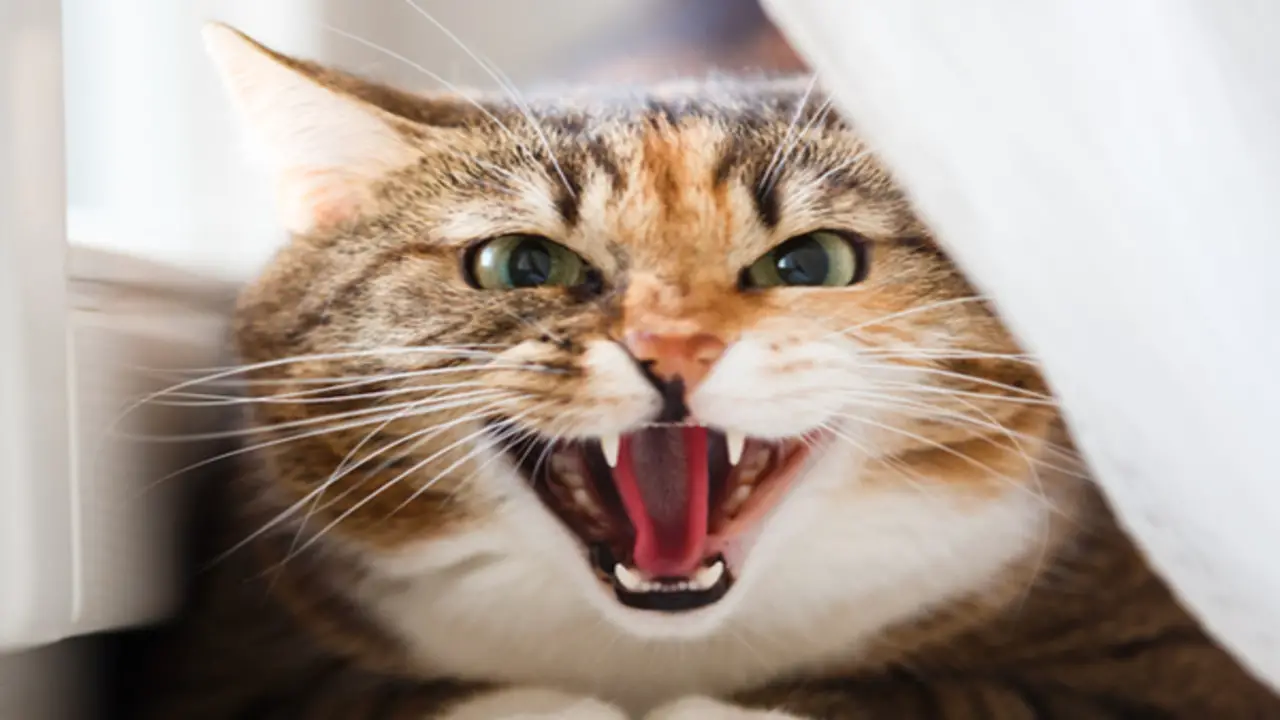
Cats are popular for their playful nature, and it is not uncommon for them to growl during playtime. However, many cat owners may wonder why their furry feline friends growl when they are playing. The simple answer is that cats growl as a form of communication.
When cats play with one another, they use various forms of communication, such as body language, vocalizations, and postures, to convey their intentions and emotions. A growl is a way for a cat to signal its playmate to stop or slow down.
It is also a way for them to communicate their excitement or aggression during play. It is important to note that not all growls during play are aggressive. In fact, do cats growl when they play to express their enjoyment and enthusiasm during playtime? As a cat owner, paying attention to your cat’s body language and other signals is important to understand the context of their growling during playtime. Here are the 8 reasons.
1: Play Aggression
This behavior is a natural response and should not be interpreted as a sign of aggression or fear. Play aggression is a common behavior in cats, especially in younger cats, and is a way for them to practice their hunting skills and relieve boredom.
However, it is important to ensure that play does not turn into actual aggression, which can potentially harm humans or other pets. Appropriate toys and playtime can help redirect this behavior and prevent negative consequences. If necessary, monitoring your cat’s behavior and seeking professional help is always essential.
2:Communication
Cats are popular growl when they are playing, and this behavior is a form of communication. Unlike humans, cats cannot verbally communicate their emotions and intentions. Instead, they use body language and vocalizations to express themselves.
Growling during playtime is a common behavior among cats and is often a sign of excitement and arousal. It is their way of telling their playmate that they are enjoying the game and fully engaged. This type of communication is essential for cats to establish boundaries and build social relationships with other felines. Understanding these behaviors is crucial for pet owners to provide care and attention to their feline companions.
3:Establishing Dominance
Cats growl during playtime, a natural behavior attributed to establishing dominance. When cats engage in play, they exhibit their hunting instincts and test each other’s boundaries. Growling allows them to communicate their intentions and establish dominance in the game. This behavior is often seen in younger cats still learning to interact with their peers.
However, it can also be observed in adult cats competing for resources or territory. While growling during play may seem aggressive, it is usually harmless and part of their natural behavior. As pet owners, it is important to monitor their playtime to ensure that it does not become too aggressive or cause harm to other animals or humans.
4:Overstimulation
Cats are popular for their playful nature, and it is not uncommon for them to growl during playtime. This behavior is a natural response to the excitement and stimulation of the game. However, it is important to note that excessive growling may be a sign of overstimulation, which can lead to aggressive behavior.
Overstimulation can occur when a cat is being petted too much or when they are engaged in excessive play without breaks. As professionals, it is essential to educate cat owners about the importance of monitoring their cat’s behavior during playtime and providing them with adequate breaks to prevent overstimulation and aggressive behavior.
5:Fear Or Anxiety
Cats are popular to be playful creatures and often exhibit playful behavior by growling. However, it is important to note that growling in cats can also be a sign of fear or anxiety. When cats feel threatened or uncomfortable, they may growl to warn potential predators or communicate their discomfort.
As such, it is important for pet owners to be aware of their cat’s body language and vocalizations to understand their needs better and provide a safe and comfortable environment. While growling during play may be harmless, monitoring and addressing any signs of fear or anxiety in cats is always essential.
6:Pain Or Discomfort
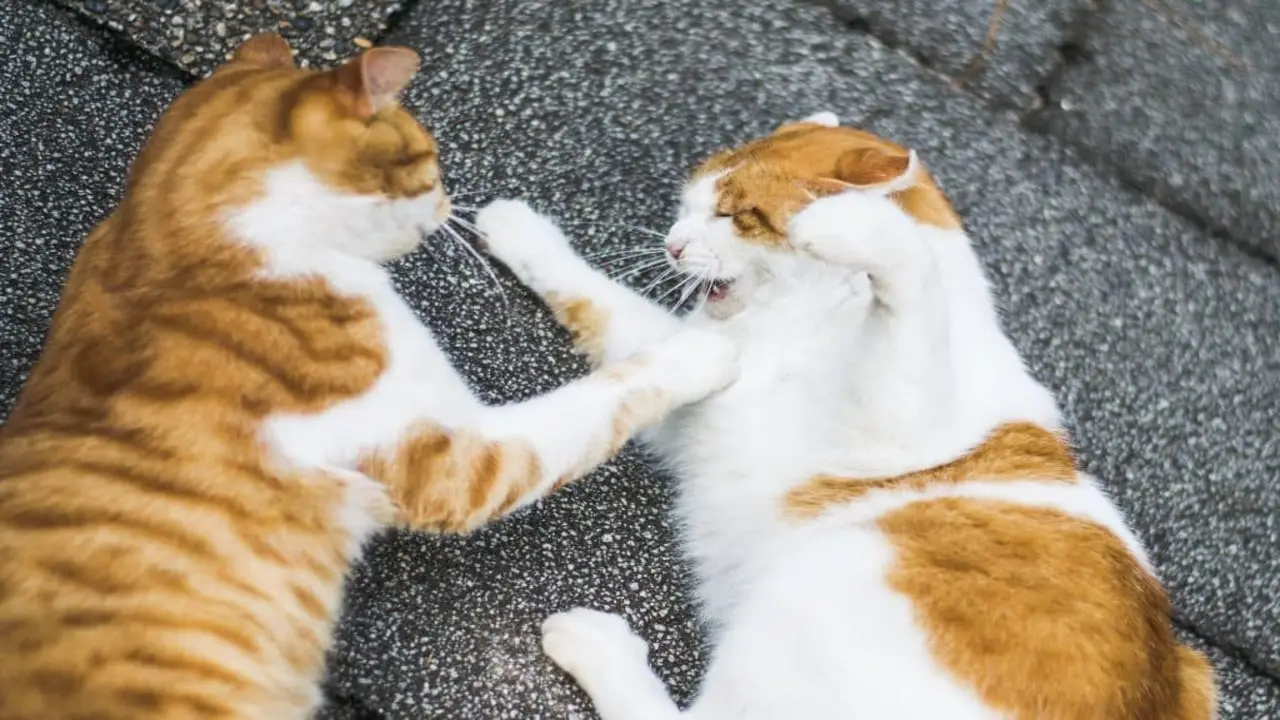
Cats are popular for growling when they play and exhibit instinctive behavior while engaging in playful activities. However, growling can also indicate pain or discomfort in cats. If a cat growls excessively while playing or shows signs of aggression, it may indicate an underlying medical condition that warrants attention from a veterinarian.
Additionally, cats may growl when they feel threatened or afraid, which can result in defensive behavior. As responsible pet owners, monitoring our cat’s behavior and seeking medical attention if necessary to ensure their health and well-being is important.
7:Genetics
Cats are known for their playful nature, and it is not uncommon for them to growl while playing. This behavior is believed to be a genetic trait inherited from their wild ancestors, who handy growling to communicate during playtime. Domestic cats have retained this behavior, and it is often seen when they are engaged in mock hunting or roughhousing with other cats or humans.
While growling during play may seem aggressive, it is typically a harmless expression of excitement and enjoyment. Understanding the genetic basis of this behavior can provide insight into the evolutionary history of cats and their relationship with humans.
8:Habit
Cats are known for their playful personalities, often engaging in various activities to fulfill their instinctual needs. Amongst these activities, growling is a common behavior exhibited by cats during playtime. This habit is closely linked to their predatory instincts and serves as a way to communicate with their playmates.
The growling sound is often produced when cats are excited and stimulated, indicating their enjoyment of the game. However, it is important to note that growling during play does not necessarily mean aggression or hostility towards the other cat. Rather, it is a way for cats to express their playful nature and enjoy the company of their fellow felines.
How To Handle A Growling Cat

Cats are known for their playful nature. When playing, they may growl or make other vocalizations. While growling may seem like a sign of aggression, it is often just an expression of excitement and enthusiasm. It’s important to understand that growling is a natural behavior for cats.
As pet owners, it’s our responsibility to ensure that our furry friends are having fun while staying safe. To handle a growling cat, it’s important to remain calm and avoid physical punishment. Instead, redirect their attention to a toy or another activity. If growling continues, it may be necessary to seek professional help from a veterinarian or animal behaviorist.
Notice Signs Of Aggression
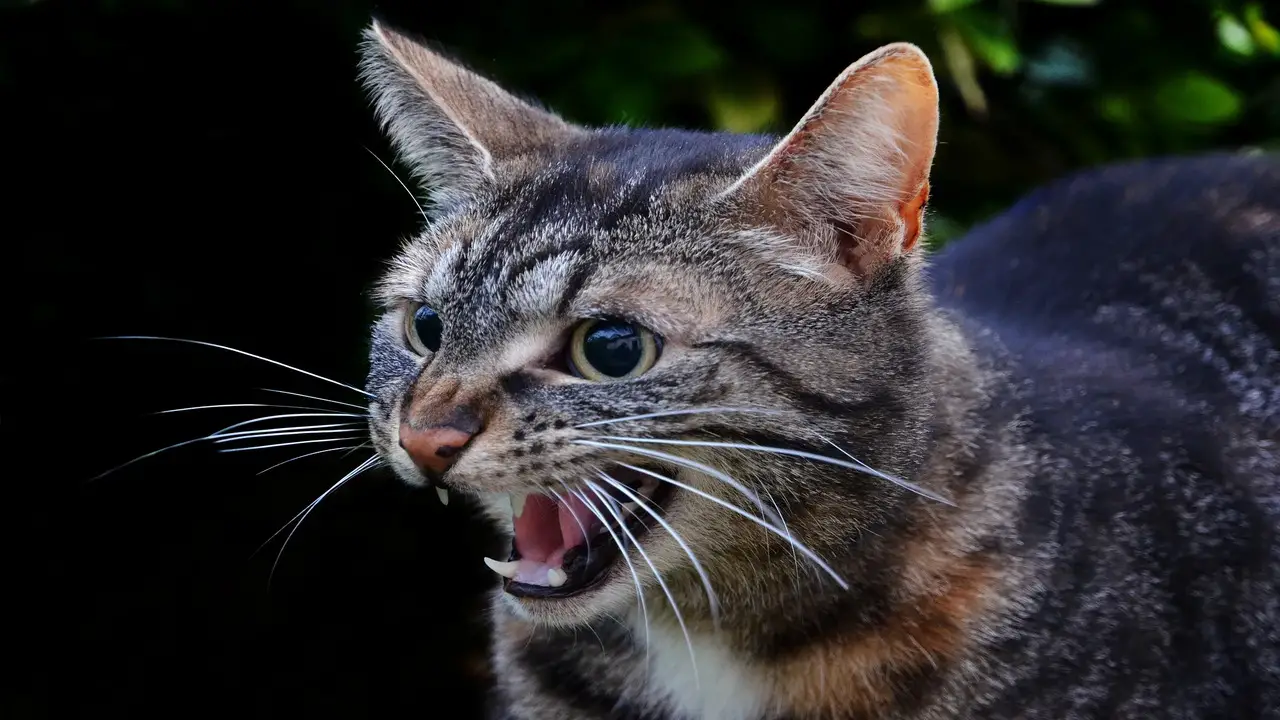
Cats growl when they play, which can cause concern for some pet owners. While this behavior may seem aggressive, it is actually a natural way for cats to express their excitement and enthusiasm during playtime. However, it is important for pet owners to be able to distinguish between playful growling and signs of true aggression.
Signs of aggression in cats may include hissing, flattening their ears against their head, and showing their teeth. If pet owners notice any of these signs, they should immediately stop playtime and seek the advice of a veterinarian or animal behaviorist to prevent any potential harm or injury.
Be Observant, And Take Him To The Vet If Necessary
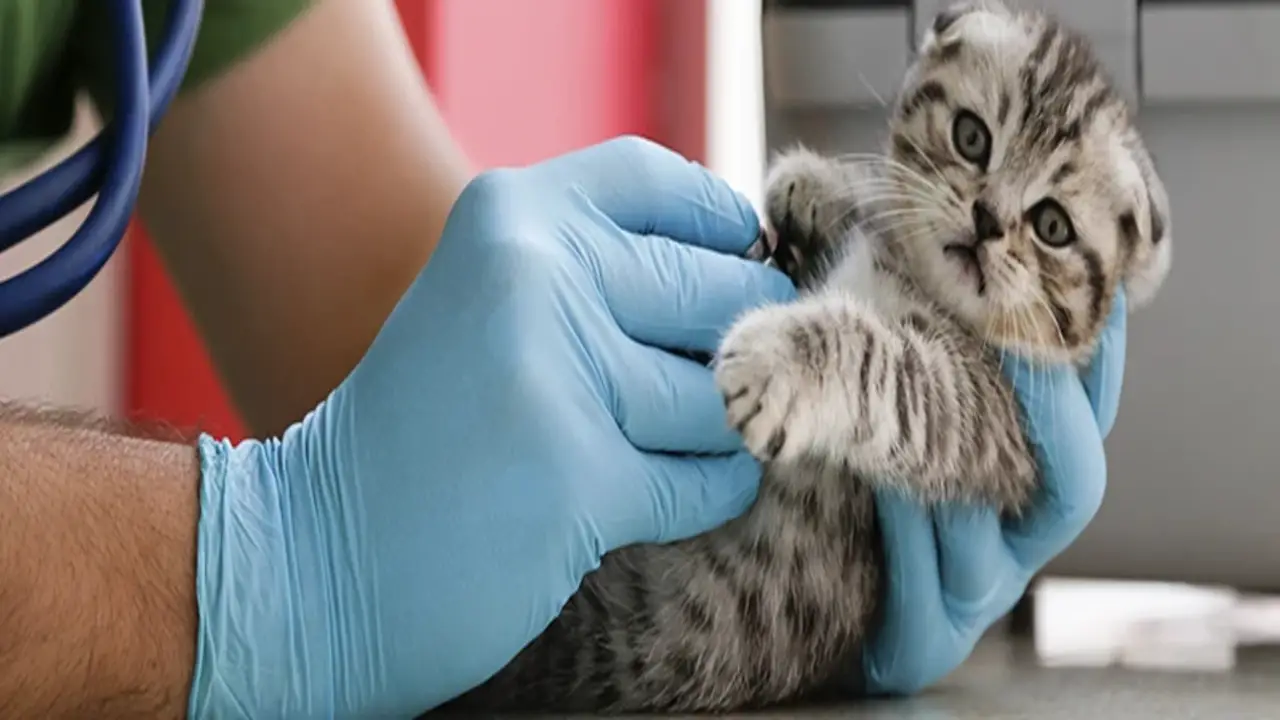
Cats are known for their playful nature, and it’s not uncommon for them to growl during playtime. As a responsible pet owner, observing your cat’s behavior and noting any changes in their demeanor is essential. While growling during playtime is generally harmless, it’s crucial to ensure your cat is not in pain or discomfort.
If you notice any unusual behavior or signs of distress, it’s best to take your cat to the vet for a thorough examination. Remember, keeping a watchful eye on your cat’s behavior and addressing any concerns promptly is critical to maintaining their overall health and well-being.
Conclusion
do cats growl when they play? It is not uncommon for cats to growl when engaging in play with other cats or even with humans. This growling, however, does not necessarily indicate aggression or anger. Rather, it is a natural part of their playful behavior.
When cats growl during play, it is often a way for them to communicate their excitement and enthusiasm. It may also be a way for them to signal to their playmate that they are ready for action. The next time you catch your furry friend growling during playtime, just remember that it’s all good fun. Keep the toys and treats coming, and watch your cat’s inner predator come to life.
FAQs
Do Cats Growl When They-Play With Other Cats Or Just With Humans?
Cats can growl when playing with other cats as well as humans. Growling is a common vocalization during play, indicating excitement or intensity rather than aggression. However, if other aggressive behaviors accompany the growling, it may be a sign of a more serious issue that requires intervention
Is Growling During Play A Sign Of Aggression Or Just Excitement In Cats?
Growling during play is generally a sign of excitement in cats, not aggression. However, monitoring the behavior and ensuring that play does not escalate into aggressive behavior is important.
Can Growling During Play Escalate Into Actual Aggression In Cats?
Yes, growling during play can escalate into actual aggression in cats. Growling is a warning sign that a cat is feeling threatened or uncomfortable, and if they continue to feel this way, it may lash out with more aggressive behavior. It is important to monitor playtime with cats and intervene if the play becomes too rough or aggressive.
Are There Certain Breeds Of Cats That Are More Likely To Growl During Play?
No specific breed of cat is more likely to growl during play. Growling during play can be normal for some cats, regardless of their breed. It can also depend on the cat’s personality and individual preferences. Observing your cat’s body language and behavior during play is important to ensure they are comfortable and not exhibiting signs of aggression.
How Can Cat Owners Distinguish Between Playful And Aggressive Growling In Their Cats?
Cat owners can distinguish between playful and aggressive growling in their cats by observing their body language and behavior. Playful growling is usually accompanied by relaxed body language, tail wagging, and play bows. On the other hand, aggressive growling is usually accompanied by stiff body posture, flattened ears, dilated pupils, and a bushy tail.

Aquarium passion is all about connecting with the aquatic life and providing education to the public on the importance of these creatures. We showcase a wide variety of marine life through our exhibits as well as working with schools to provide unique learning opportunities for students of all ages.

